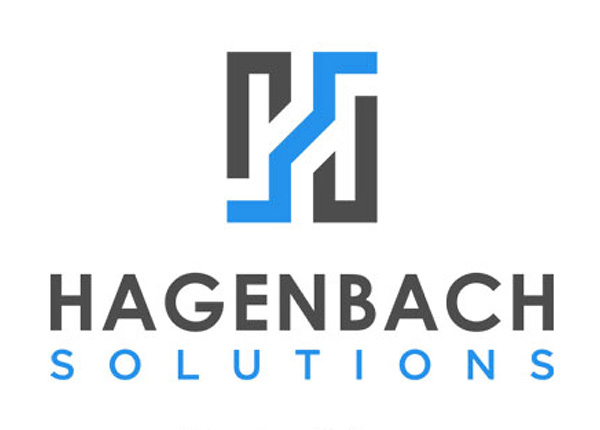The hidden cost of legacy ERP
I actively support companies running legacy ERP, so I am talking from firsthand experience. Truth be told, these are my most profitable clients. Yes, their business is profitable, too. But I am speaking of my own profit center.
Now why are they more profitable to me? Because they require a great deal of support and maintenance on their system. 95% of support tasks fall under 3 main categories:
- Report writing – 40% of requests
- 3rd party add-on implementation or support – 15%
- Data management – 30% of requests
- Break-fix – 10% of requests
Of these, I consider only 1 and 2 to be value-added. In other words the Data management and break-fix are non-value added. And the report writing can probably be reduced by another 10%. That means 50% of my services which are coded as outside consulting expense to the company can be reduced, being absorbed by individuals within the company, by going to a modern ERP. That’s the hidden cost.
“How is this possible?” you ask? Let’s consider..
Every business needs report writing for management – accounting, operational, sales, and human resource and regulatory compliance needs. My legacy clients have SQL or Crystal Reports at minimum. For those who’ve decided to introduce more robust tools, they use either DataSelf (analysis) or KnowledgeSync (alerts, scheduled push reports). Whereas, modern ERP systems like Acumatica have built-in reporting tools and Dashboards that can cover 90% of the needs I see. And the tools are not hard to use. This means that not only are they costing less to build but they are actually getting more use out of reports – which means I am not seeing as many requests.
As for data management, modern ERP is better at validating information and preventing bad information from being entered in the first place. It is also better at maintaining and updating master files with ongoing changes. With Sage 100 you have to use visual integrator to update master files. About half of my clients are afraid to use it. With Acumatica, you have several choices of importing data and updating masterfiles – Mass record updates, Mass actions, import scenarios, simple import scenarios, and load records from file. Three of those methods I just mentioned I can teach my 12 year old daughter to perform.
This equates to reduced non-value added support and increased value-added consulting. Something of which both I and my valued Clients can benefit.

